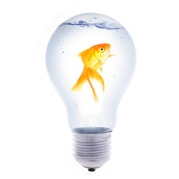Screening
Screens are used in wastewater treatment to strain larger particles from the water stream and are usually the first components in the treatment system. The main objective of using a screen is to remove materials and large objects that could do the following:
- Damage or blockage downstream equipment
- Reduce the overall effectiveness and reliability of the treatment processes
- Ultimately contaminate the final discharge waterway
The purpose, size of the solids, specific application, and unit operations downstream contribute to determining the opening size of the screens. These factors establish whether the specific screen can effectively and economically remove the particles required.
The design of the screen for a particular application is based on the size of materials to be removed, approach velocity, clear openings between bars or mesh size, headloss through the screens, screenings handling, processing and disposal, and system controls. The screening element may be parallel bars, rods or wires, grating, wire mesh or perforated plates. The openings may be any shape but are generally circular or rectangular slots. The screens can be mechanically cleaned or cleaned by hand. These removed materials are generally called “screenings”.
Coarse screens are generally classified as those with openings larger than 3 millimeters (mm) to 6 mm. These types of screens include bar racks and bar screens. They are primarily classified by the type of mechanical cleaning device. Mechanically cleaned bar screens are divided into four main types: 1) chain driven, 2) reciprocating rake, 3) catenary, and 4) continuous belt. Fine screens are rated with openings less than 3 mm to 6 mm. The most common fine screens include tangential (static) screens, vibratory screens and rotary drum screens.


